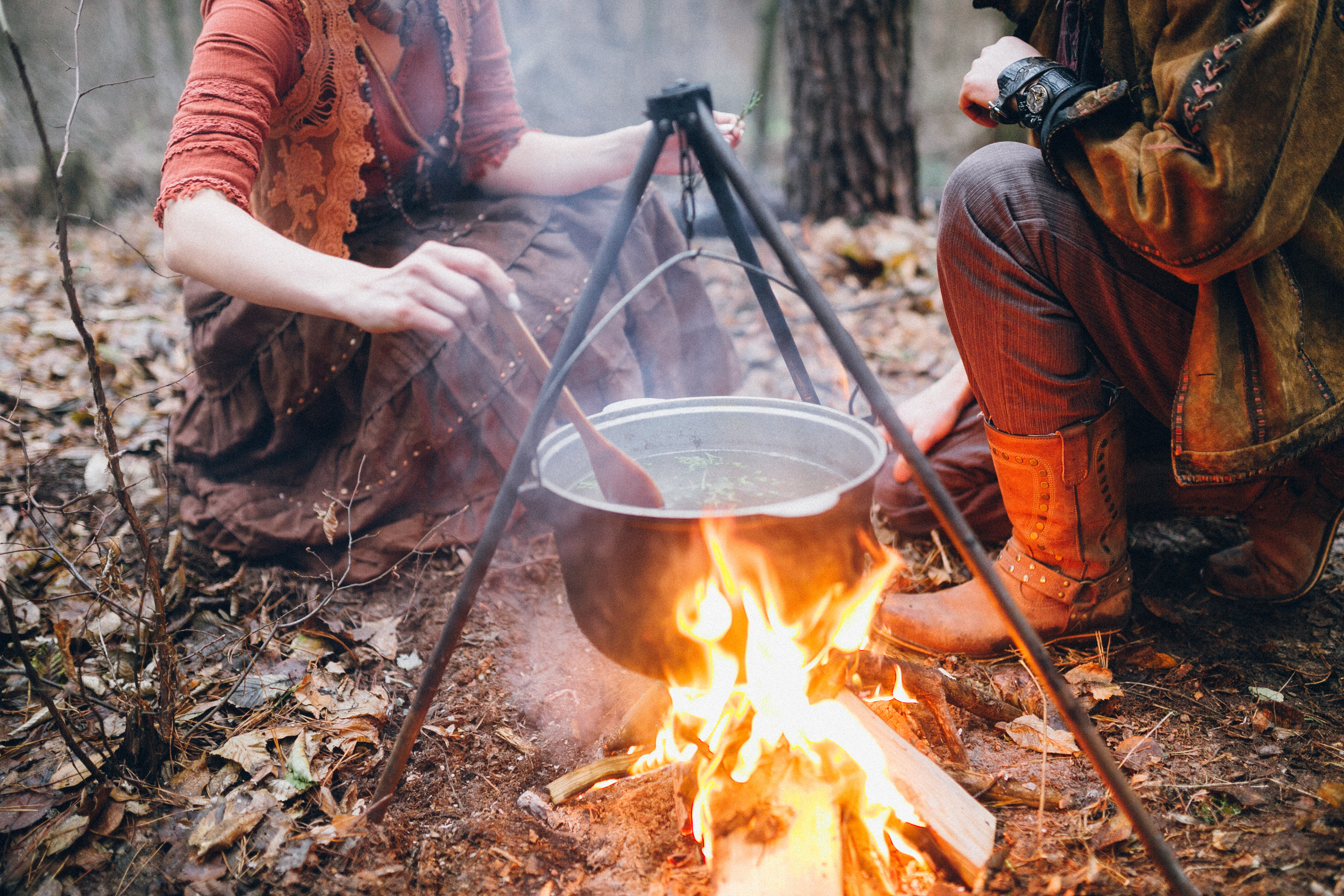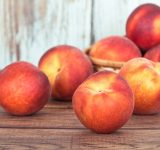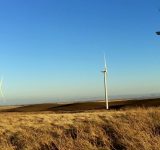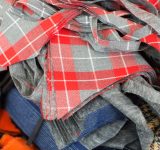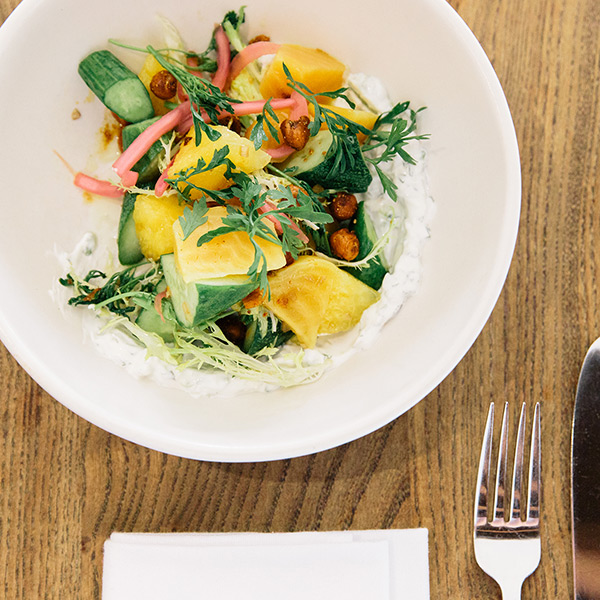Are you planning a hiking adventure in the mountains or training for an athletic event high above sea level? As elevation increases, air gets thinner and drier as the atmospheric pressure decreases. These changes can dramatically affect the way food is prepared. For example, if you live or train in Boulder, Colorado [which sits at about 5,000 feet above sea level] and you’d like to make a few simple meals, which include beans or hard-boiled eggs, you will need to consider two important elements in your preparation: time and temperature.
Time
Liquid evaporates more quickly at higher elevations and water boils faster. At 5,000 feet above sea level, the boiling point for water decreases from 212 degrees Fahrenheit to 203 degrees Fahrenheit.
Temperature
Turning up the heat may be tempting to quickly cook foods, but they may be easily over-cooked this way. It is best to cook slowly at lower temperatures, to ensure tender food.
How to Adjust Your Technique for Cooking at High Altitude
To adjust for these factors, you must make some changes in your cooking technique to ensure your dishes stay tasty! Here are a few examples, using beans and hard-boiled eggs.
1. Add more liquid to cooking beans and other legumes
Moist-cooking techniques are most affected by changes in altitude because unlike dry techniques such as searing or roasting, higher altitudes don’t transform the way air is heated. You may want to closely monitor cooking beans until you are familiar with additional cooking time and liquid requirements. Keep in mind, you may also want to soak legumes before cooking, to reduce anti-nutrients, which can aid in digestibility and increase the overall nutrient value of food.
2. Allow more time for eggs to hard-boil
Because whole eggs are comprised of 74% water, they will require longer to cook if you are hard-boiling them. If you are scrambling eggs, which uses a dry-heat method, keep a close eye on making sure pan is not too hot and burns eggs.
High-Altitude Eggs
- Cover [organic] eggs in a saucepan with [pure, filtered] water.
- Heat pot on high and bring the water to full rolling boil.
- Turn off the heat, keep the pan on the hot burner, cover, and let sit 18-20 minutes.

